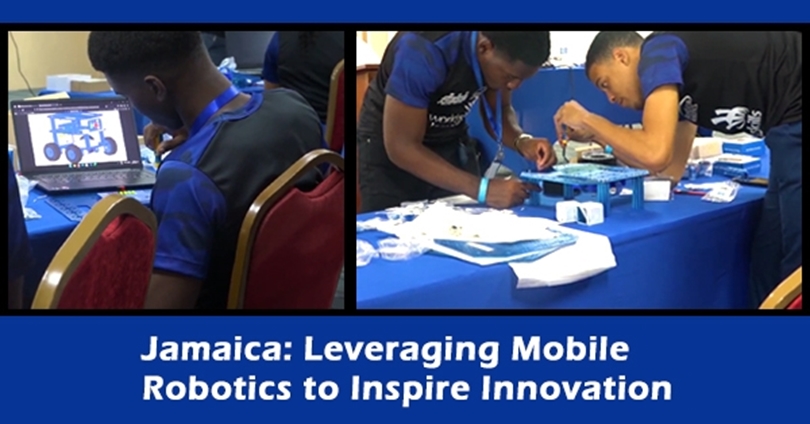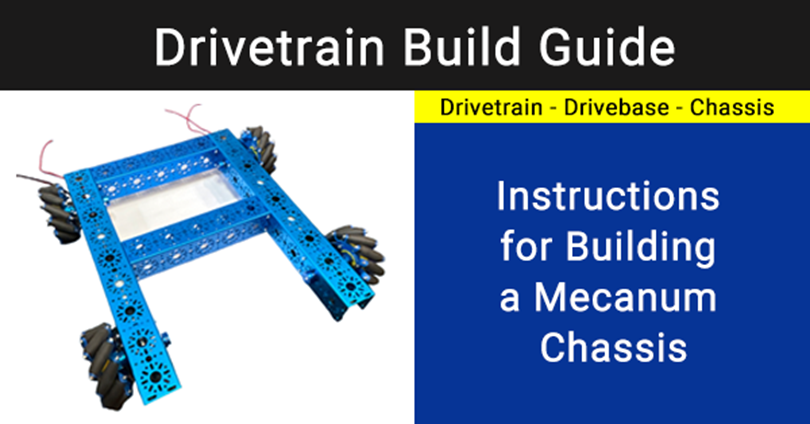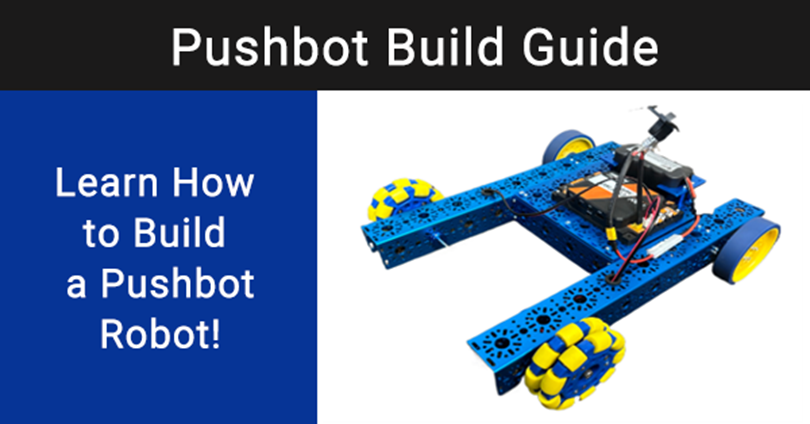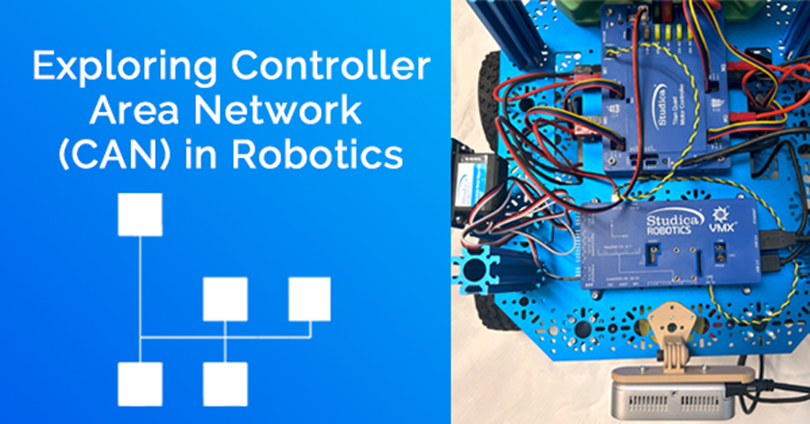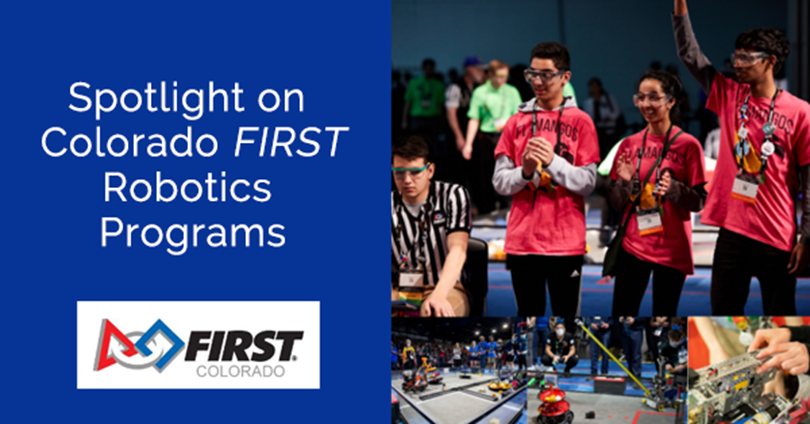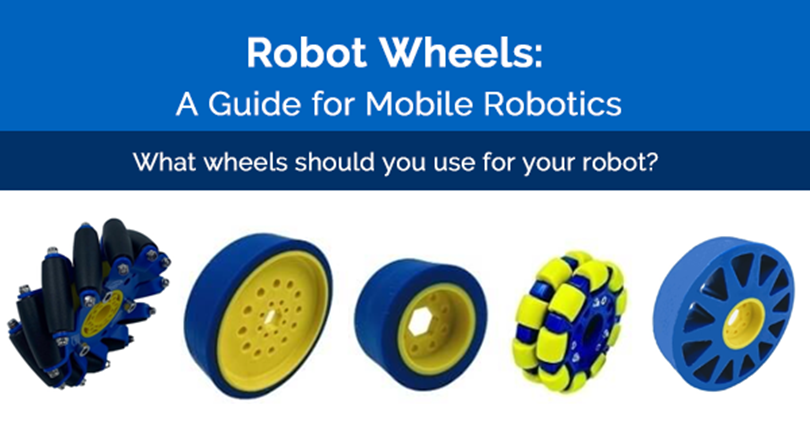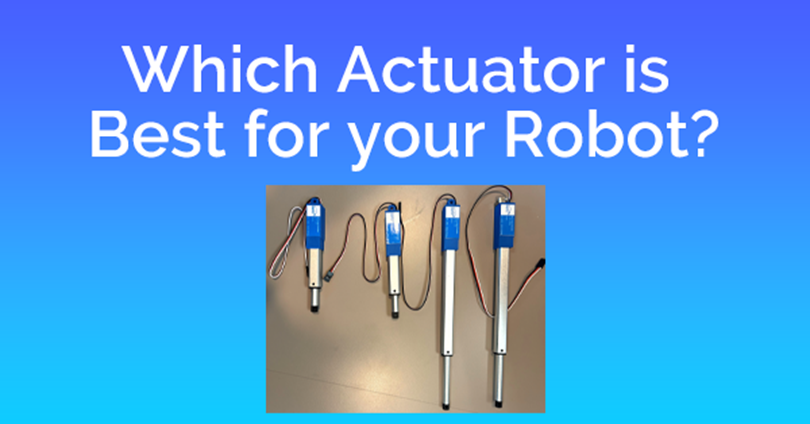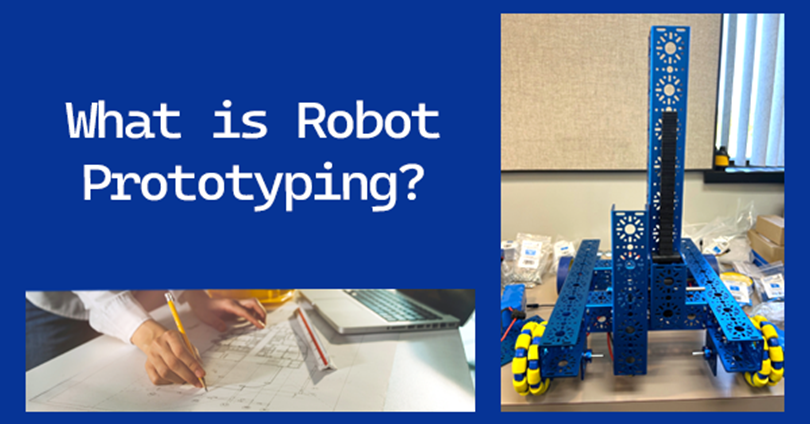WorldSkills Jamaica, in collaboration with Global Partner Studica Robotics, recently presented a mobile robotics workshop.
Blog
The FIRST® Robotics Competition (FRC) has released the details of this year's game, CRESCENDO, presented by Haas.
In this article, we will provide all the information you need to build a mecanum drivetrain. We will detail the components needed and provide step-by-step building instructions. To make it simple, we've created this build guide using components that can all be found in the FTC Drive Base Kit from Studica Robotics. Studica Robotics offers durable components that are strong and safe, making them well-suited for students and robotics teams. You can also view our detailed Drivebase Build Guide.
W...
In this article, we will walk you through the steps of building a pushbot using the FTC Starter Kit from Studica Robotics.
CAN is the abbreviation used for a Controller Area Network. Let's explore how CAN bus is used in mobile robotics.
The WorldSkills Museum is the first of its kind. This new museum is completely devoted to vocational skills.
The mission of Colorado FIRST is to deliver top-notch FIRST Robotics programs to students across Colorado and develop the leaders of tomorrow.
Motion components play a large role in robotics, but with so many choices it can often be confusing. In this article, we will explore a variety of robot wheels. This helpful guide focuses on mobile robotics and creating robots for robotics competitions. It is designed to help you select the best wheels for your robot. Let's dig deeper into the composition of the different types of wheels and explain the use cases for each.
Overview of Robot Wheels
What wheels should you use for your robot?...
An innovative building platform that prioritizes quality and safety, Studica Robotics offers a wide variety of robot parts, robotics kits, and cutting-edge electronics. This article will focus on the variety of linear servo actuators available from Studica Robotics. These actuators are unique because they allow for the adjustment of the extending shaft to a specific length. Actuators are devices that cause an action to happen by converting electric signals into some form of motion. While the mul...
If you are building a robot for a robotics competition, class project, or your own personal joy - prototyping is a crucial step in engineering design. After you have decided what you want your robot to do and adjusted for any specific parameters, you can start to brainstorm what your design will be. Once you have your design sketched out or a CAD model created, it is time to test and refine. In simple terms, robot prototyping is the process of taking your ideas, creating a preliminary mock-up o...


